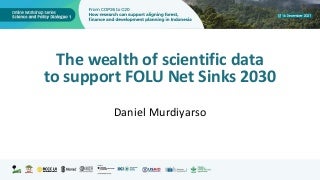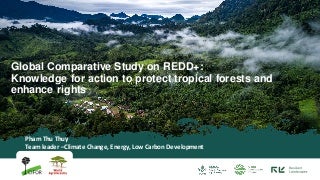Authors: Abram, N.K.; Meijaard, E.; Wilson, K.A.; Davis, J.T.; Wells, J.A.; Ancrenaz, M.; Budiharta, S.;Durrant, A.; Fakhruzzi, A.; Runting, R.K.; Gaveau, D.L.A.; Mengersen, K.
Conflict between large-scale oil-palm producers and local communities is widespread in palm-oil producer nations. With a potential doubling of oil-palm cultivation in Indonesia in the next ten years it is likely that conflicts between the palm-oil industry and communities will increase. We develop and apply a novel method for understanding spatial patterns of oil-palm related conflicts. We use a unique set of conflict data derived through systematic searches of online data sources and local newspaper reports describing recent oil-palm land-use related conflicts for Indonesian Borneo, and combine these data with 43 spatial environmental and social variables using boosted regression tree modelling. Reports identified 187 villages had reported conflict with oil-palm companies. Spatial patterns varied with different types of conflict. Forest-dependent communities were more likely to strongly oppose oil-palm establishment because of their negative perception of oil-palm development on the environment and their own livelihoods. Conflicts regarding land boundary disputes, illegal operations by companies, perceived lack of consultation, compensation and broken promises by companies were more associated with communities that have lower reliance on forests for livelihoods, or are located in regions that have undergone or are undergoing forest transformation to oil-palm or industrial-tree-plantations. A better understanding of the characteristics of communities and areas where different types of conflicts have occurred is a fundamental step in generating hypotheses about why certain types of conflict occur in certain locations. Insights from such research can help inform land use policy, planning and management to achieve more sustainable and equitable development. Our results can also assist certification bodies (e.g. the Roundtable for Sustainable Palm Oil-RSPO, and the Indonesian and Malaysian versions, ISPO and MSPO), non-government-organisations, government agencies and other stakeholders to more effectively target mediation efforts to reduce the potential for conflict arising in the future.
Publication Year: 2017
ISSN: 0143-6228
Source: Applied Geography 78: 33-44











